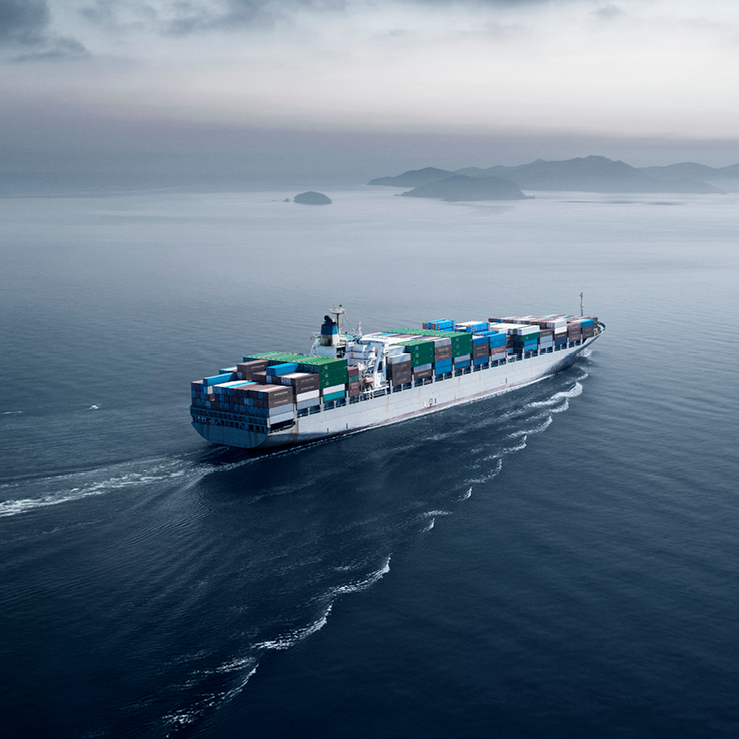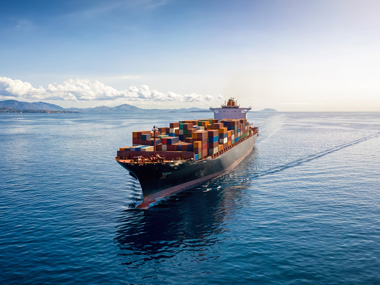Singapore
The Asian LSFO market is expected to remain under pressure, in part due to increasing arbitrage supplies for further out dates. Some anticipate a premium uplift due to lower barge availability for very prompt slots.
The Asian HSFO market will likely stay rangebound, as recovering feedstock demand offsets waning summer utility demand. Limited barging slots for very prompt refuelling requirements are expected to keep downstream margins healthy.
The Asian LSMGO market is anticipated to stay supported as swing barrels are directed to Europe, where inventory levels remain at multi-month lows.
Fujairah
Demand remains subdued due to the summer holiday season, with healthy availability across all grades keeping premiums under pressure.
Houston
Some tightness around HSFO barging. Product availability is okay, but suppliers' bargaining for prompt HSFO has been tight. Recommending 7 days' notice before ETA.
Port operating conditions have been normal. We are entering the most active part of Hurricane season in the US Gulf, so weather conditions should be monitored and taken into account when booking. Bolivar Roads anchorage and Offshore US Gulf bunkering tend to be most heavily impacted.
Gibraltar
Market is stable, and premiums as seen last weeks.
If cargo is tight on Malta, expect to see an impact in Gib/Alg aswell.
Malta
Increase on premiums, due to tight cargo. No news on when new cargo will hit the market.
As of now, increased notice days in order to secure avails and 1 barge supply.
Port Louis
A relatively slow week with slow trade in the bunkers-only market. Fishing vessels continue to be the bulk of the gasoil trade with fleets in the region.
Durban
Poor weather in the eastern region of South Africa has led to port closures and delays bringing vessels in for cargo ops and bunkers. Once vessels are in, the barge operations are good with supplies running efficiently. Richards Bay further north has the local barge out for repairs, but a replacement has been arranged and no bunker supplies effected currently.
Walvis Bay
Poor weather in the region means most, if not all supplies, are brought into anchorage which incur additional costs. Some tight VLSFO and HSFO for the next few days, with replenishment expected 7th August.
New York did not report this week.
For port availability and demand, download the full report here.









